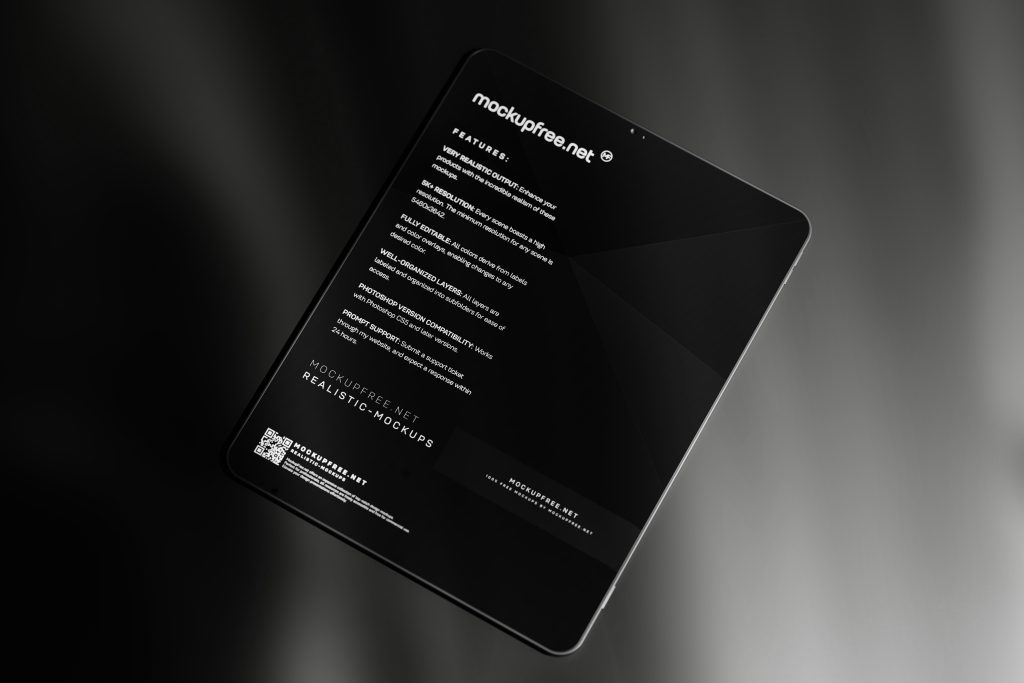Ever wondered why your 4K Netflix stream sometimes freezes mid-binge, but YouTube keeps rolling like butter?
Behind every pixel-perfect moment of streaming bliss (or buffering agony) lies the unsung hero—or villain—of the story: streaming protocols. If you’re here for the latest tech news on how these invisible gears turn the media machine, buckle up. By the end of this post, you’ll understand what streaming protocols are, why they matter, and how to spot one in action. Plus, I’ll let you in on some industry secrets that might just save your next binge-watching sesh.
Table of Contents
- Key Takeaways
- The Pain Point: Buffering Blues Explained
- Step-by-Step Guide to Understanding Streaming Protocols
- Tips & Best Practices for Seamless Streaming
- Case Studies: When Protocols Go Right (and Wrong)
- FAQs About Streaming Protocols
Key Takeaways
- Streaming protocols dictate how data moves from servers to screens—and they’re not all created equal.
- HLS (HTTP Live Streaming) dominates today’s market, but newer protocols like WebRTC offer real-time magic.
- Your internet connection isn’t always to blame; protocol inefficiencies can tank streaming quality too.
- Choosing the right protocol requires balancing speed, compatibility, and reliability.
- Stay ahead with the latest tech news by keeping an eye on emerging trends in adaptive bitrate streaming.
The Pain Point: Buffering Blues Explained
![]()
Let me confess something embarrassing about my early tech days:
I once tried troubleshooting a friend’s choppy livestream by shouting at their router—like somehow yelling “Go faster!” would work. Spoiler alert: It didn’t.
Sounds familiar? That spinning wheel of doom happens because streaming protocols struggle to keep up with faulty network conditions or outdated tech stacks. Whether you’re watching cat videos or attending virtual meetings, streaming protocols determine whether the experience feels smooth as jazz or janky as dial-up internet.
“Optimist Me:” “Don’t worry! There’s a better way.”
“Grumpy Me:” “Yeah, but only if ISPs stop throttling us first.”
Step-by-Step Guide to Understanding Streaming Protocols
Here’s where we dive into the nitty-gritty of streaming protocols without putting you to sleep:
What Are Streaming Protocols Anyway?
In simple terms, streaming protocols act like digital couriers, delivering bits of video/audio content from server warehouses to your device. Here are the big players:
- HLS (HTTP Live Streaming): The kingpin of adaptive bitrate streaming.
- DASH (Dynamic Adaptive Streaming over HTTP): HLS’s open-source cousin.
- WebRTC (Web Real-Time Communication): Perfect for live chats and gaming streams.
How Do Protocols Work Behind the Scenes?

- Data Chunking: Large files break into smaller chunks.
- Adaptive Bitrate Adjustment: If Wi-Fi gets spotty, protocols downgrade quality automatically.
- Playback Synchronization: Keeps audio and visuals perfectly aligned.
Tips & Best Practices for Seamless Streaming
Top Tips:
- Avoid Overusing Older Protocols: RTMP may still be around, but it’s last-gen tech. Switch to modern options like DASH or HLS.
- Check Compatibility: Not every browser loves every protocol. Always test cross-platform performance.
- Monitor Latency: For live events, prioritize low-latency solutions like WebRTC.
*Terrible Tip Disclaimer:* “Just ignore latency!”
Look, unless you enjoy your football match commentary arriving three seconds after the goal, don’t skip optimizing for latency. Please. Trust me on this. 🙄
Case Studies: When Protocols Go Right (and Wrong)
Rant Time! Remember when Facebook Live crashed repeatedly back in ‘17? That wasn’t just bad coding—it was poorly optimized RTMP wreaking havoc. Fast-forward to now, and guess who switched to WebRTC? Yup, same app handles millions of flawless streams daily.
On the flip side, platforms like Twitch thrive thanks to robust implementations of HLS/DASH hybrids, ensuring seamless gameplay even under peak loads.
FAQs About Streaming Protocols
Q1: What is the best protocol for live streaming?
Answer: WebRTC is ideal for ultra-low-latency needs, while HLS offers broader compatibility at slightly higher latencies.
Q2: Can I switch protocols midway through a project?
Answer: Technically yes, but expect headaches. Test extensively before making such changes.
Q3: Is there any future-proof protocol I should invest in?
Answer: Keep tabs on AV1 codec advancements combined with WebRTC. This pairing could redefine streaming efficiency within years.
Conclusion
So here we are—the curtain has fallen on our journey through streaming protocols. Hopefully, you’ve gained fresh insight into why they matter and which ones truly shine in today’s tech landscape. Next time someone asks, “Why does Hulu buffer less than other apps?” you’ll know exactly what to say.
Oh, and one final nugget of wisdom:
Code runs fast, Pixels dance bright, Stream flows steady— That’s good *tech news* alright.


